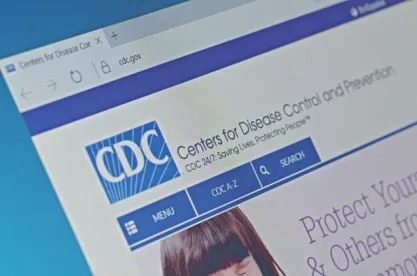On May 1st the Centers for Disease Control and Prevention (CDC) issued a report on COVID-19 in meat and poultry processing facilities in the United States. The report provides a summary of the available data, an analysis of the risk factors, and a suggested approach to mitigate them.
The CDC’s report comes as the government and the meat and poultry processing industry grapple to keep workers safe while ensuring that the U.S. food supply chain remains stable. Despite the Food and Drug Administration’s (FDA’s) assurances that the food supply is secure (blogged about here), the spread of COVID-19 has closed meat and poultry processing facilities, resulted in the culling of food production animals due to worker shortages and facility closures, and prompted fears of meat and poultry shortages. In response to these concerns, on April 26th the CDC and the Occupational Safety and Health Administration (OSHA) issued guidance which provided recommendations for employers to keep their meat and poultry facilities safe during the pandemic. Further, on April 28th the President signed an executive order invoking the Defense Production Act to ensure that meat and poultry processors continue operations and delegating the authority to oversee the process to the Secretary of Agriculture.
According to the report (which analyzes data from 19 of the 23 states that have reported COVID-19 in the meat and poultry processing industry), 115 processing facilities have been affected, 4,913 COVID-19 cases have been confirmed among workers (representing approximately 3.0% of workers), and 20 workers have died of COVID-19. The report identified the following as factors contributing to the spread of COVID-19 in the processing facilities: (1) structural and operational challenges to implementing 6-foot social distancing, (2) difficulty in wearing face coverings given the pace and demands of processing work, (3) failure to implement heightened cleaning guidelines, and (4) social and economic challenges, including education of a diverse workforce, work policies incentivizing attendance of sick employees, crowded living conditions of workers, and shared transportation among workers.
The report calls for “prompt action to decrease risk to workers” and suggests corrective measures that largely track the risk factors identified. Namely, the report encourages employers to (1) increase screening procedures, (2) organize the work space to maximize social distancing, (3) implement engineering controls—such as positioning fans so they blow air away from workers, (4) increase sanitization of facilities, and (5) make administrative changes that encourage sick workers to stay home. Keller and Heckman will continue to monitor and report on the impact of the pandemic on the food industry.



 />i
/>i

